THE society’s story began in February 1974, when the late Noel Allen MBE called together interested parties, who were mainly students from the Adult Education Centre, Minehead, who had enjoyed Noel’s classes on ‘Exmoor and its Wildlife’ and wanted to continue learning after this long-running series came to an end.
The aims of our society have always been twofold: to encourage greater knowledge and understanding of natural history generally, and to record the flora and fauna of the Exmoor and Minehead area.
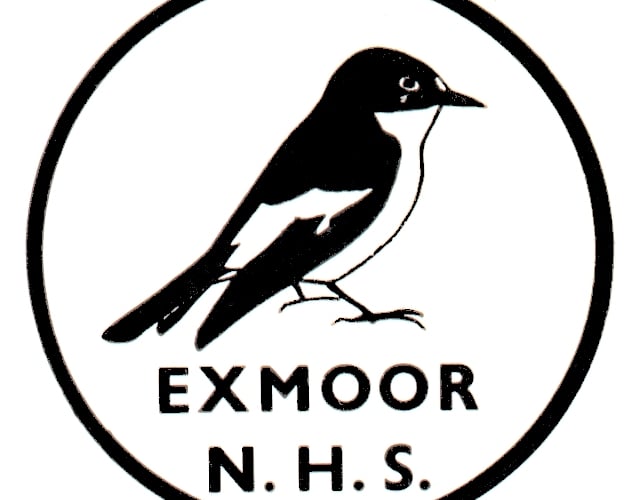
In the 1970s, wildlife records were (and still are to a certain extent) kept on a county basis. Because Exmoor falls into both Devon and Somerset, no data then covered Exmoor National Park as a whole.
The society immediately began recording Exmoor’s wildlife, appointing specialist recorders for birds, flowers, mammals and other wildlife.
The society also held, and still holds, conducted walks and talks and in-depth surveys, aided in the early days by Victor Bonham Carter, Guy Somerset of the Exmoor Society and Ben Halliday of Glenthorne, along with many other helpers.
MInehead and Dunster Beach are included in our recording area as most founder members were located in Minehead.
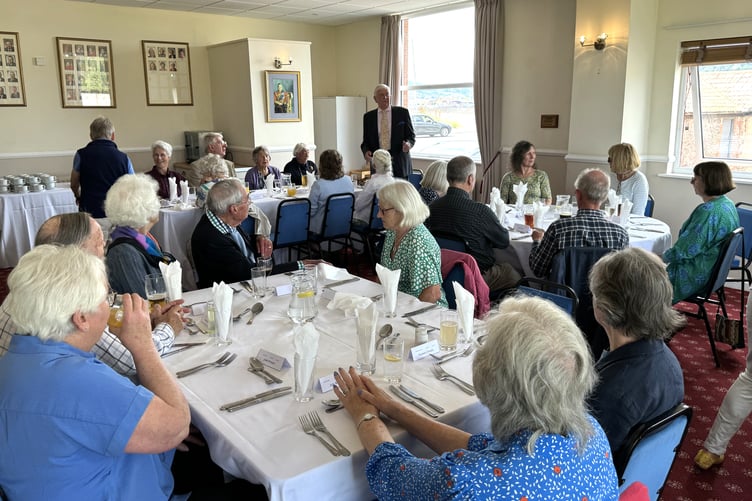
What has changed in 50 years? Early records tell of Black and Red Grouse living on the moors, along with nesting Curlew. Golden Plover flocks numbered several hundred instead of the thirty or so now seen.
There were no Little Egrets. Goosander were very rare until the construction of Wimbleball, which has attracted many other water and wading birds. Ring Ouzels nested here. Red Deer numbers were much as today but Dormice were probably more numerous.
They were uncounted until the National Dormouse Scheme was formed: we now maintain about 50 dormouse boxes. Red squirrels, formerly common, vanished after the snows of 1947. Grey squirrels were slow to reach us.
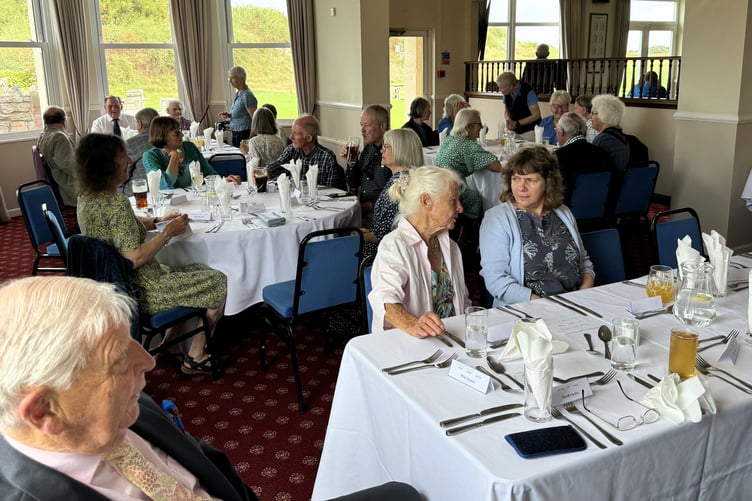
Hedgerows and arable fields were filled with colourful wildflowers. Many of these have declined, partly due to an increase in alien plants such as Alexanders, Triangular Garlic and Winter Heliotrope, which swamp our native plants such as Red Campions, Yellow Toadflax and various vetches.
Many arable weeds and maritime plants have suffered through loss of habitat, though saltmarsh plants including Sea Aster have increased on Porlock Marsh.
Numerous Small Tortoiseshells could be found on one flower bed; now you are lucky to see one. The discovery in 1982 by Roger Butcher of thousands of Heath Fritillaries in Exmoor combes was of national importance. Their numbers have fluctuated but 2023 was a good year. Sadly, the Marsh Fritillary is possibly now extinct here.
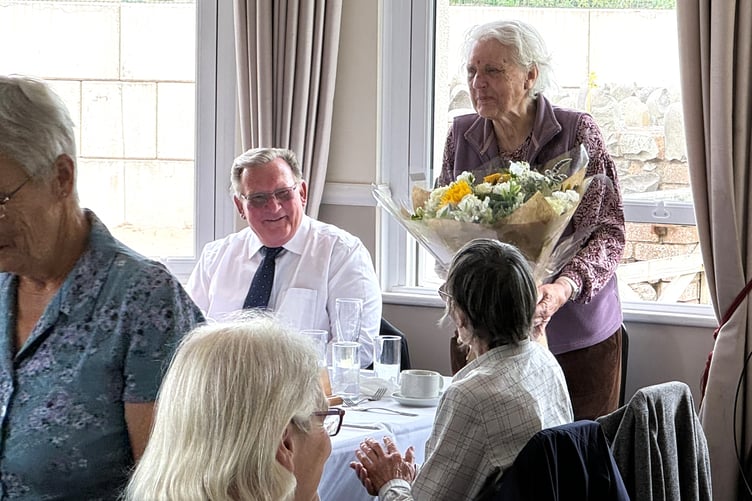
Besides our record-keeping, the society has created nature trails at Treborough Woods, Woodcock Gardens and Minehead Warren (all now returned to private ownership). Our field centre, with its displays and guided walks, formerly based at Malmsmead, is now at Porlock Weir at the invitation of the Exmoor National Park Authority.
Our successful nest-box scheme, aimed mainly at Pied Flycatchers, began with just ten boxes in Horner Woods in 1976. We now have over 100 boxes in various locations. This is helping to keep up Pied Flycatcher numbers on Exmoor.
The society has produced a variety of publications on nature trails, flowers, birds, mosses and liverworts and so on. Our main literary effort was the Flora and Fauna of Exmoor National Park, a natural history checklist of the over 8000 species we had recorded in 1996. The numbers have increased since: all records are listed on our website.
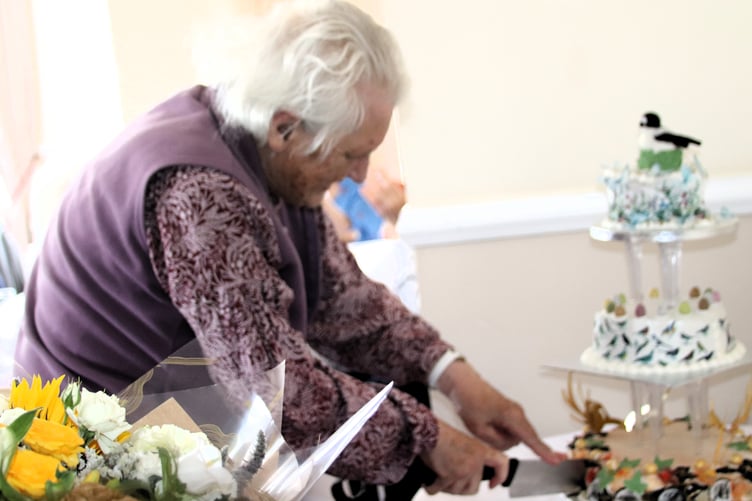
In 2005, our longstanding member John Robbins bequeathed his home at Luckbarrow to the Society. It now brings in some valuable income as well as providing us with a base for talks and a garden managed for nature.
After 50 years, the society continues to fulfil its roles of recording and encouraging wildlife, and of spreading understanding and knowledge of nature, helped by the courtesy of the Free Press in publishing our monthly articles. The work continues: please contact us if you would like to get involved.
*Over 30 society members gathered at Minehead Golf Club on Friday, June 21 for a lunch to celebrate the 50thanniversary, and the cutting of a ceremonial cake bearing the society’s pied flycatcher logo.
For more information about the work of the Exmoor Natural History Society visit www.enhs.org.uk.

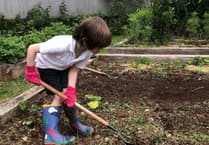

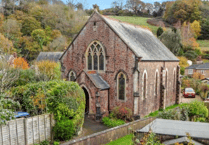

Comments
This article has no comments yet. Be the first to leave a comment.